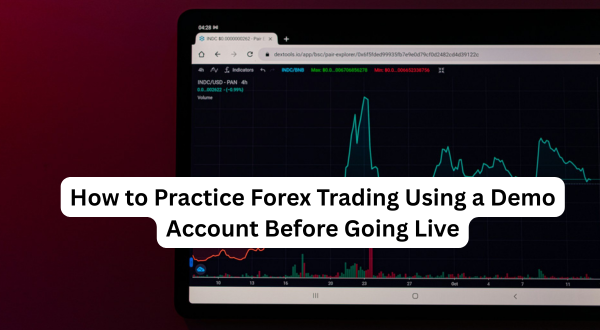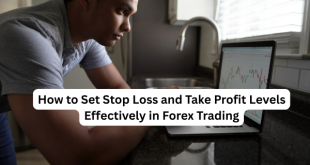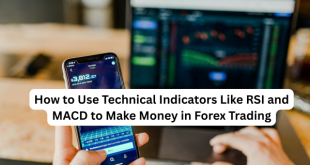Want to make money in forex but don’t want to risk your cash just yet? That’s where a demo account comes in — your risk-free entry point into the world of currency trading.
Before you dive into live trading with real money, practicing with a demo account helps you build confidence, test strategies, and understand how the forex market works — all without losing a cent.
In this blog post, we’ll break down everything you need to know about using a demo account effectively so you’re prepared when it’s time to trade for real.
What is a Forex Demo Account?
A demo account is a trading account funded with virtual money. It mimics real market conditions, allowing you to trade major currency pairs and other instruments using a platform like MetaTrader 4 or 5 — without putting your actual funds at risk.
Why Start with a Demo Account?
- ✅ No financial risk – Trade without fear of losing real money.
- ✅ Learn the platform – Familiarize yourself with trading tools, order types, and charts.
- ✅ Test strategies – Experiment with technical and fundamental strategies in real-time markets.
- ✅ Build discipline – Learn to manage your emotions, stick to your trading plan, and control overtrading.
Step-by-Step: How to Use a Demo Account the Right Way
1. Choose a Reliable Forex Broker
Pick a broker that offers a free demo account with access to the trading platform you plan to use for live trading (e.g., MetaTrader or cTrader). Make sure the broker is regulated and offers low spreads and good customer support.
🔍 Tip: Try brokers like IG, OANDA, Exness, or XM — they offer free demos and have good reputations.
2. Set Your Demo Balance Realistically
Avoid demo accounts with $100,000 if you plan to start live trading with $500. Keep your virtual balance close to your real-world budget to develop realistic risk management habits.
3. Master the Basics
Use the demo period to learn how to:
- Read candlestick charts
- Place market, limit, and stop orders
- Use technical indicators like Moving Averages, RSI, and MACD
- Understand pips, lots, and leverage
4. Test and Refine Your Strategy
Develop a trading plan:
- Choose a trading style: Day trading, swing trading, or scalping
- Define your entry and exit rules
- Use a risk/reward ratio (e.g., 1:2)
- Test your strategy for at least 1–2 months consistently
5. Track Your Trades Like They’re Real
Even though it’s fake money, treat it seriously. Keep a trading journal with:
- Entry and exit points
- Reason for the trade
- Outcome
- What you learned
6. Know When You’re Ready to Go Live
You’re ready when:
- You consistently follow your strategy
- You’ve experienced both wins and losses
- Your virtual results show profitability or minimal loss
- You feel confident in managing risk
Final Thoughts
Using a demo account is the smart trader’s way to build skills and confidence without burning money. It’s your chance to make mistakes, learn from them, and polish your strategy before stepping into the real trading world.
Remember: If you can’t profit with fake money, you won’t profit with real money.
Take your time, be patient, and practice like you trade — and soon, you’ll be ready to switch from demo to dollars.
 UBUCH ubuch | Honest Tech Reviews & Tutorials for Everyone
UBUCH ubuch | Honest Tech Reviews & Tutorials for Everyone




